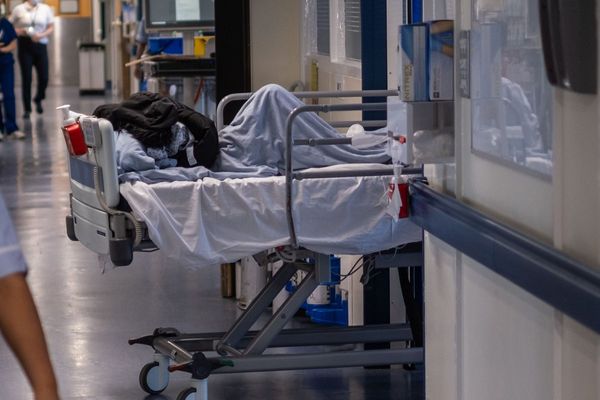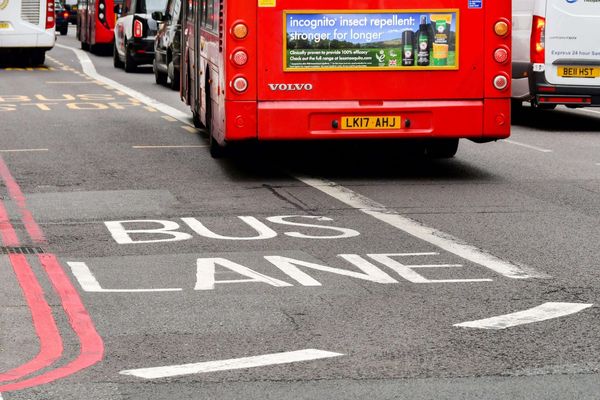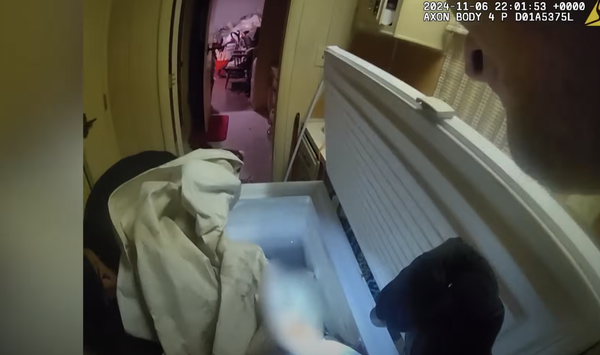
A rising toll of serious injuries concerning migrants attempting to climb the border wall, as well as the improper care of victims, adds a new layer to the crisis in the area, a new study shows.
The report, published by a group of researchers in the journal Trauma Surgery and Acute Care Open, reviews the hospital and medical records of injured patients admitted to an academic, Level 1 Trauma Center after attempting to cross one section of the border wall in 2021 and 2022.
They identified 597 patients from 38 different countries who were injured while crossing the San Diego area of the U.S.-Mexico border wall. The study notes that these patients required different care and attention given they presented a wide range of injuries.
"Multidisciplinary services are needed to effectively treat patients who present with complex injuries sustained at the border. Patients often require multispecialty trauma care, multiple procedures, operative interventions, and physical and occupational therapy— all of which necessitate the use of significant hospital resources," reads a passage of the study.
Nevertheless, while these patients require high level care, it is common for them to not receive appropriate follow-up after their hospital discharge.
"In San Diego, for example, most border fall patients are discharged with relatives or to border custody, despite significant disability that would typically require inpatient rehabilitation," according to the study.
Other cities in the U.S. are experiencing similar challenges. For instance, in El Paso, Texas, the trauma system noted a mere 12% patient follow-up in the clinic despite more than 90% of these patients undergoing surgery.
Similarly, most patients 74% were discharged within the U.S. But discharge destinations were dispersed widely throughout the country.
California was the most common state where such discharges took place (49%), with just over 15% of all patients discharged within the San Diego region. New York was the destination for just over 5%, followed by Florida (just over 3%). Another 20% were discharged to law enforcement custody, and 4% were discharged back to Mexico.
The researchers say the lack of follow-up care could result in post-operative complications and deferring of rehabilitative therapy, which could then make injuries worse.
"[The findings] highlights the need for careful clinical consideration on discharge, with particular attention paid to detailed written and verbal instructions, discharge with all medications, and use of absorbable sutures when possible, given the challenges to postoperative follow-up," the analysis says.
© 2024 Latin Times. All rights reserved. Do not reproduce without permission.







